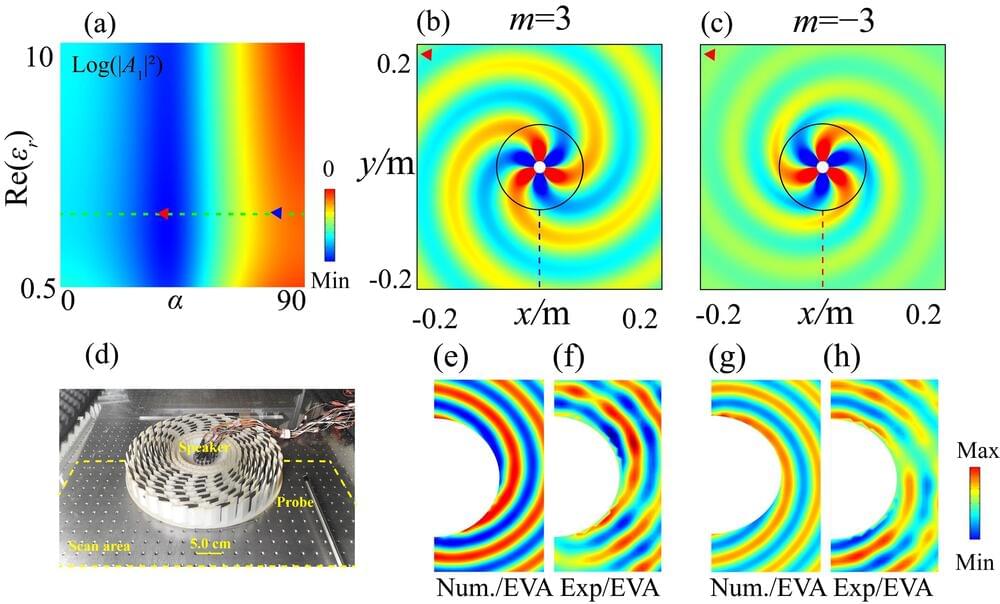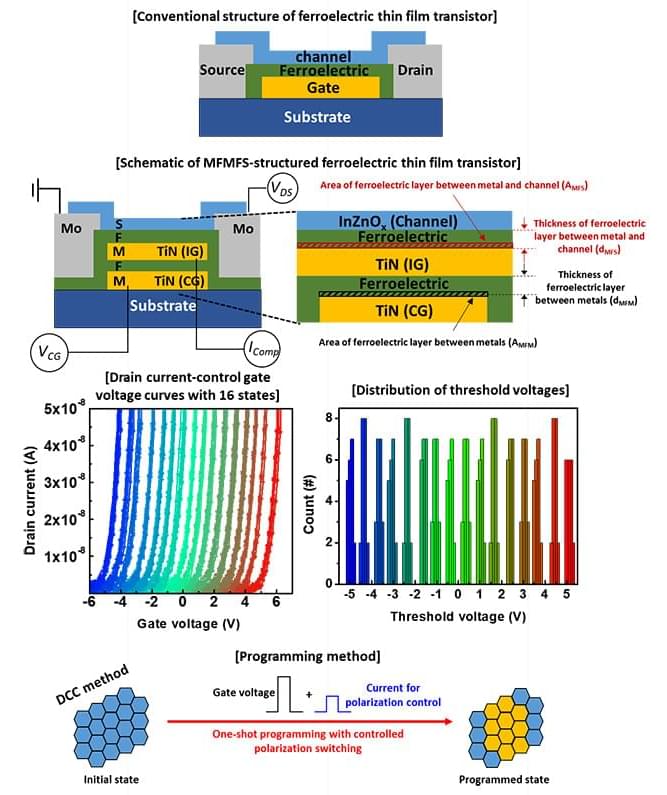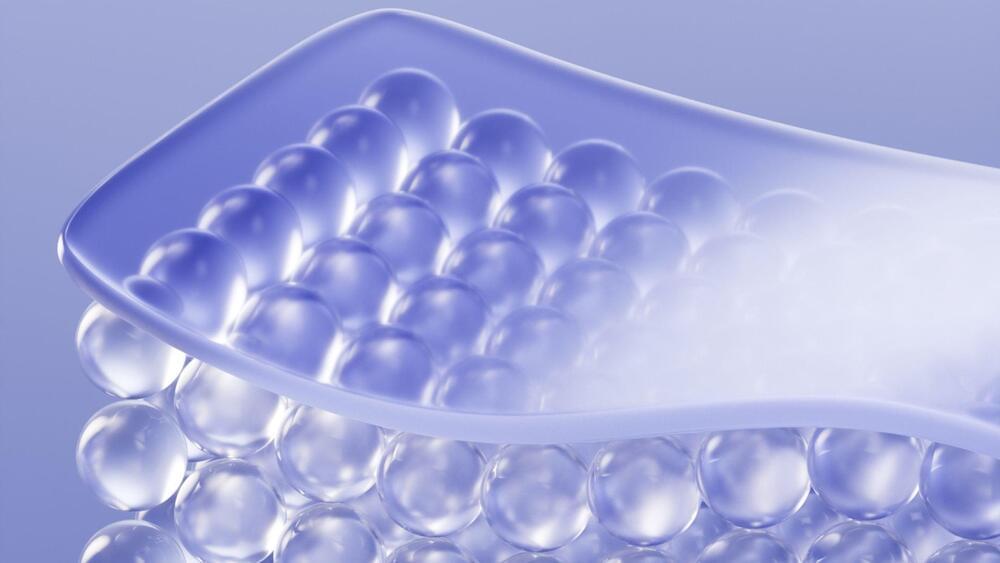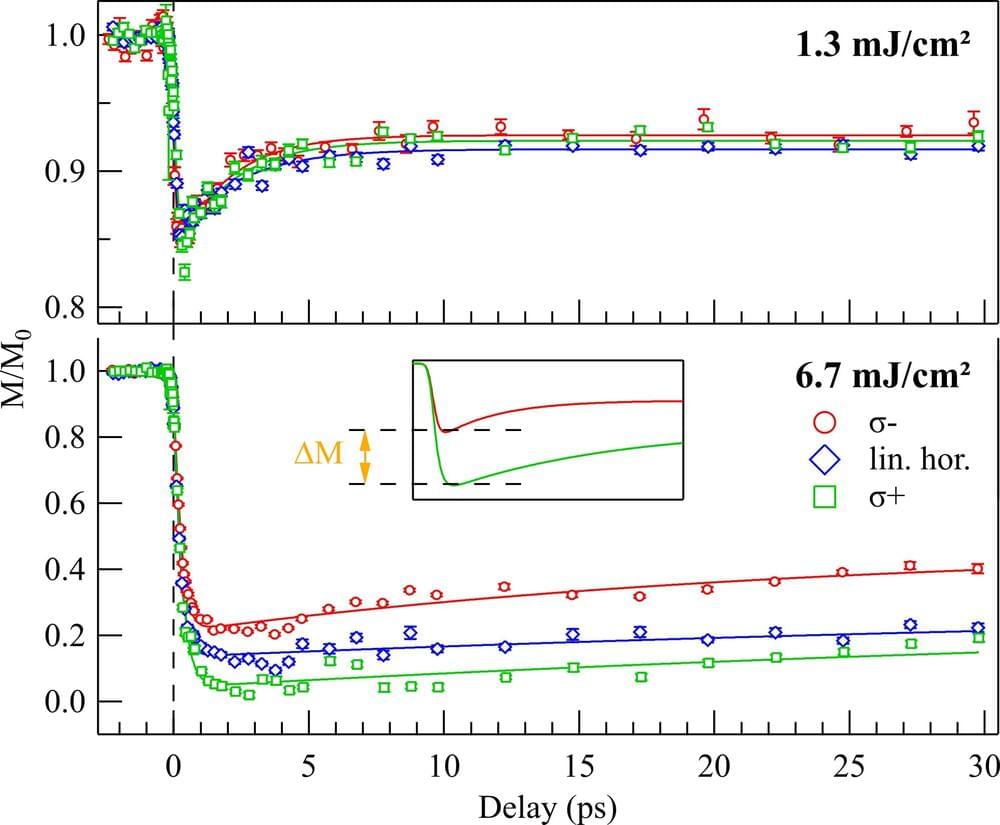Superconductivity is a fascinating phenomenon, which allows a material to sustain an electrical current without any loss. This collective quantum behavior of matter only appears in certain conductors at temperatures far below ambient.


A global research team has devised a method to decompose plastics and other materials into their smallest components using a laser, enabling their future reuse.
The breakthrough involves placing these materials on two-dimensional structures called transition metal dichalcogenides and then exposing them to laser light. This technique could significantly enhance the disposal of plastics that are currently almost impossible to break down with existing technologies.


Charge density waves are quantum phenomena occurring in some materials, which involve a static modulation of conduction electrons and the periodic distortion of the lattice. These waves have been observed in numerous condensed matter materials, including high-temperature superconductors and quantum Hall systems.
While many studies have investigated these states, so far experimental observations of the boundary states that emerge from charge density waves are still scarce. In a recent paper, published in Nature Physics, researchers at Princeton University and other institutes worldwide have visualized the bulk and boundary modes of the charge density wave in the topological material Ta2Se8I.
“Our research group focuses on discovering and investigating novel topological properties of quantum matter utilizing various state-of-the-art experimental techniques that probe electronic structure of the materials,” Maksim Litskevich, co-author of the paper, told Phys.org. “In recent years, the physics community has experienced excitement exploring the intriguing and rich properties of Kagome materials, which intricately intertwine geometry, topology, and electronic interactions.”

The Brewster reflectionless effect stands out as one of the simplest yet pivotal discoveries in manipulating waves. Initial investigations were limited to isotropic materials, but later, thanks to the advent of metamaterials, the phenomenon was found to expand into anisotropic materials.
An anomalous Brewster effect has recently been demonstrated in metamaterials, thus increasing the number of degrees of freedom. In materials without magnetic responses, the Brewster effect exclusively applies to transverse–magnetic (TM, or p–wave polarization) waves. Building on the equivalence between TM mode and 2D acoustics, the Brewster effect in acoustics with zero reflection has been demonstrated by utilizing acoustic metamaterials.
In their paper published in the journal Science Bulletin, the researchers first demonstrated this universal theory by matching the continuous boundary conditions and analyzing the relationship between the reflection coefficient and various parameters, proposing a precise method to confirm the near-zero reflection condition. Subsequently, they incorporated intrinsic losses into the permittivity tensors, illustrating a novel method to achieve asymmetric vortex transmission.

A research team led by Professor Jang-Sik Lee from the Department of Materials Science and Engineering and the Department of Semiconductor Engineering at Pohang University of Science and Technology (POSTECH) has significantly enhanced the data storage capacity of ferroelectric memory devices. By utilizing hafnia-based ferroelectric materials and an innovative device structure, their findings, published on June 7 in the international journal Science Advances, mark a substantial advancement in memory technology.
With the exponential growth in data production and processing due to advancements in electronics and artificial intelligence (AI), the importance of data storage technologies has surged. NAND flash memory, one of the most prevalent technologies for mass data storage, can store more data in the same area by stacking cells in a three-dimensional structure rather than a planar one. However, this approach relies on charge traps to store data, which results in higher operating voltages and slower speeds.
Recently, hafnia-based ferroelectric memory has emerged as a promising next-generation memory technology. Hafnia (Hafnium oxide) enables ferroelectric memories to operate at low voltages and high speeds. However, a significant challenge has been the limited memory window for multilevel data storage.

An international team of researchers of the Cluster of Excellence “Balance of the Microverse” at the University of Jena has investigated the mechanism that makes some types of bacteria reflect light without using pigments. The researchers were interested in the genes responsible and discovered important ecological connections. Their findings appear in the Proceedings of the National Academy of Sciences.
The iridescent colors known from peacock feathers or butterfly wings are created by tiny structures that reflect light in a special way. Some bacterial colonies form similar glittering structures.
In collaboration with the Max Planck Institute of Colloids and Interfaces, Leibniz Institute DSMZ-German Collection of Microorganisms and Cell Cultures, Utrecht University, University of Cambridge, and the Netherlands Institute for Sea Research, the scientists sequenced the DNA of 87 structurally colored bacteria and 30 colorless strains and identified genes that are responsible for these fascinating colonies. These findings could lead to the development of environmentally-friendly dyes and materials, a key interest of the collaborating biotechnology company Hoekmine BV.

A new class of materials known as “glassy gels” could find use in areas ranging from batteries to adhesives, thanks to their unique set of physical properties.
Meixiang Wang, a post-doctoral fellow from Michael Dickey’s group at North Carolina State University, discovered these new materials while trying out different mixtures for making gels that she hoped would be useful ionic conductors.
Standard gels, such as those used to make contact lenses, are polymers with an added liquid solvent. The liquid weakens the interactions between the chains of molecules forming the polymer, allowing the gel to extend easily but leaving it soft and weak mechanically. In contrast, glassy polymers, like those suitable for airplane windows, contain no liquid and have strong interactions between their constituent polymer chains. This renders them stiff and strong but, in some cases, brittle.


Intense laser pulses can be used to manipulate or even switch the magnetization orientation of a material on extremely short time scales. Typically, such effects are thermally induced, as the absorbed laser energy heats up the material very rapidly, causing an ultrafast perturbation of the magnetic order.
Scientists from the Max Born Institute (MBI), in collaboration with an international team of researchers, have now demonstrated an effective non-thermal approach of generating large magnetization changes.
By exposing a ferrimagnetic iron-gadolinium alloy to circularly polarized pulses of extreme ultraviolet (XUV) radiation, they could reveal a particularly strong magnetic response depending on the handedness of the incoming XUV light burst (left-or right-circular polarization).